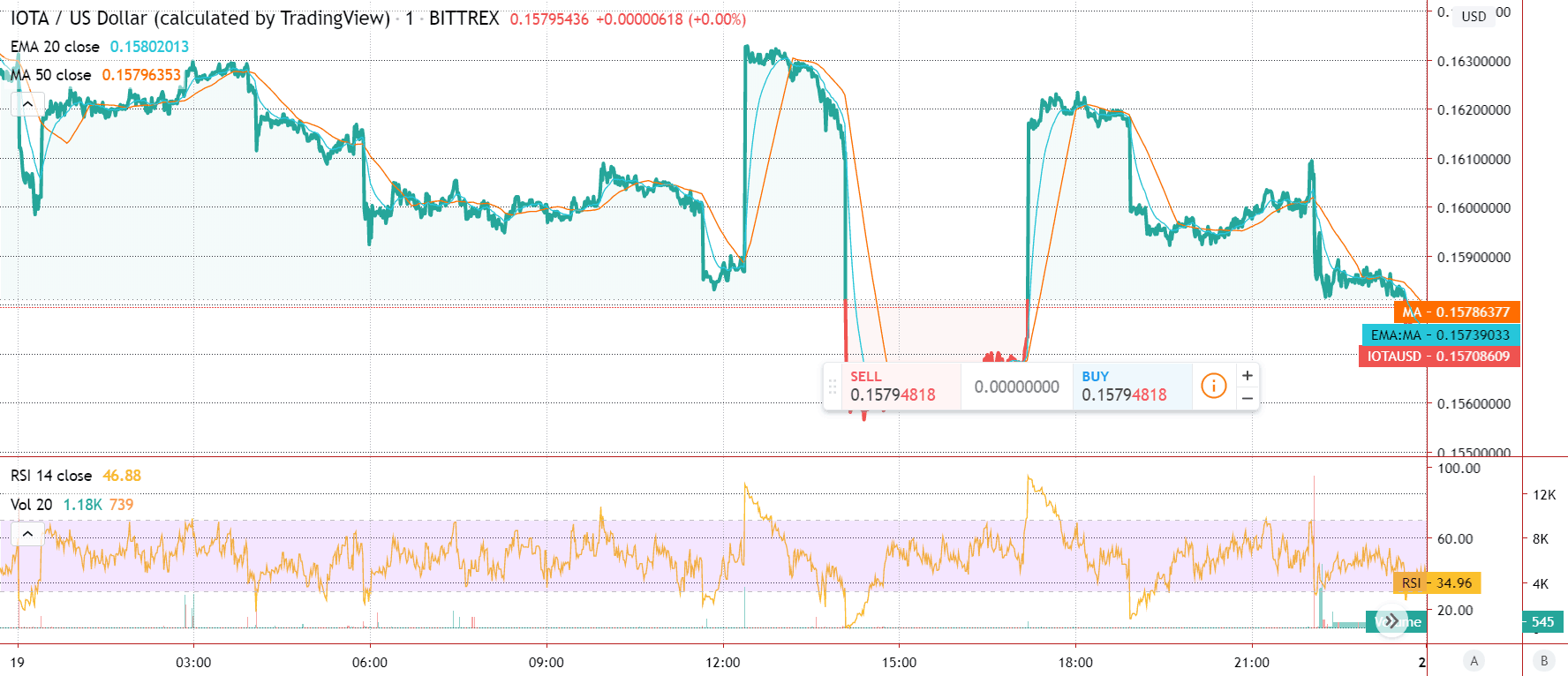
All of these powers of i can be generalized as i 4n = 1, i 4n + 1 = i, i 4n + 2 = -1, i 4n + 3 = -i. The power of i is the higher values of i such as i 2 = -1, i 3 = -i, i 4 = 1. Iota is an imaginary unit number to express complex numbers, where i is defined as imaginary or unit imaginary. Basically, the value of the imaginary unit number, i is generated, when there is a negative number inside the square root.
i/i = i/i 2 = i/(-1) = -iįAQs on Powers of Iota What is Iota in Mathematics?. We first convert it into a positive exponent using the negative exponent law and then we apply the rule: 1/i = -i. The value of iota for negative power can be calculated following few steps. We will find some other higher powers of i using these and the above rules. We just have to remember that i 2 = -1 and i 3 = -i. Thus, using the above rules, i 20296 = i 0 = 1. The remainder is 0 (by divisibility rules, we can just divide the number formed by the last two digits which is 96 in this case, to find the remainder). We first divide 20296 by 4 and find the remainder. Step 3: Calculate the value of iota for this new exponent/power using the previously known values, i = √−1 i 2 = -1 and i 3 = -i. Step 2: Note the remainder for the division in Step 1, and use it as the new exponent/power of i. If we observe all the powers of i and the pattern in which it repeats its values in the above equations, we can calculate the value of iota for higher powers as given below, Higher powers of iota can be calculated by decomposing the higher exponents \(i\) into smaller ones and thus evaluating the expression. Finding value if the power of i is a larger number using the previous procedure, will take quite some time and effort. We can generalize this fact to represent this pattern (where n is any integer), as, This signifies that \(i\) repeats its values after every 4th power. 

The following figure represents the values for various powers of i in the form of a continuous circle.
#0.0067954 iota to usd how to#
Let us see how to calculate some other powers of i.įrom the above calculations, we can observe that the values of iota repeat in certain pattern. Let us raise the exponent to 1/2 on both sides. Here, we took n = 0, 1 as we need 2 solutions. The value of the square root of iota, given as √i, can be calculated using De Moivre's Theorem. Iota has two square roots, just like all non-zero complex numbers.






 0 kommentar(er)
0 kommentar(er)
